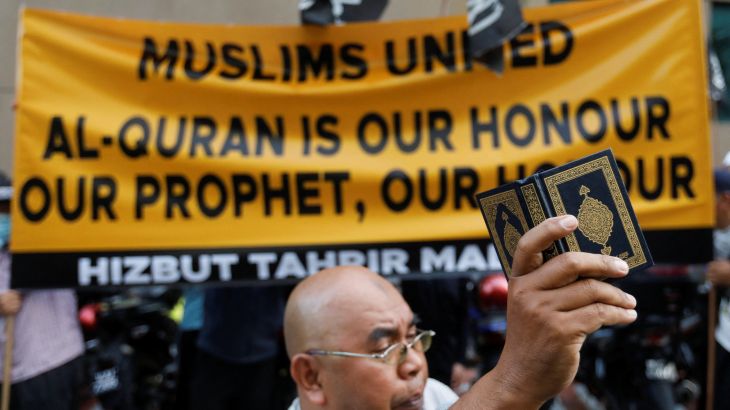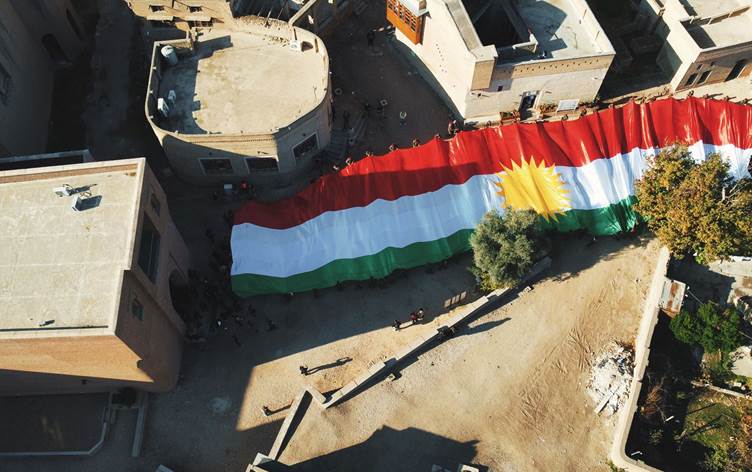Erbil City's Ecological Disaster: A Symphony of Misplaced Trees

It may be perceived as strange to write about trees when there are seemingly bigger problems in the Kurdistan Region. The truth is, all of the issues in this region are interconnected and stem from one root cause: a clear lack of proper planning. Right at the heart of this historic and vibrant city, we continue to witness a clear disregard and careless approach to managing trees. These magnificent organisms, essential for maintaining nature's delicate balance, have been planted haphazardly, without any consideration. The result is a chaotic jumble of random trees that lack harmony and purpose. As a consequence, the streets of Erbil City are devoid of well-planned tree canopies, leading to far-reaching consequences.
Trees are living beings with unique biological needs that must be considered when designing their habitats. A deep understanding of the intricate relationship between trees and soil is crucial to ensure their long-term health and minimal maintenance requirements. However, in Erbil City, this vital knowledge has been overlooked in favor of superficial aesthetics. It's disheartening to see different tree species planted together without any thought on the same street. Instead of serving a functional purpose, these trees often act as mere decorative ornaments. Properly planted trees on both sides of the streets can transform them into enchanting avenues, providing shade and a cooling effect. Unfortunately, the responsible authorities in Erbil City seem to have ignored this fundamental principle.
If preserving Erbil City's ecology were truly a priority, the local authorities would invest in comprehensive studies and research aimed at improving the city's ecological landscape and mitigating pollution. Recent research by Ali Sharbazhary and Mahdi Surjee published in the Euphrates Journal of Agriculture Science sheds light on the landscape design of neighborhood parks in Erbil City, revealing a significant failure to meet the required standards. These parks, meant to be recreational havens for the community, lack adequate facilities for sports and children's games. Neglected and poorly maintained, these public parks rely on inefficient manual irrigation, exacerbating the city's water scarcity issues.
Choosing trees for urban environments requires practical considerations that encompass various factors. Isolated trees in urban areas, exposed to intense heat and radiation, often suffer from water stress. Conversely, clustering trees together can provide greater reductions in air temperature and thermal radiation under their canopies. To maximize the benefits of shading, trees should be strategically grouped with overlapping canopies. Wide open streets, vulnerable to excessive solar radiation, are particularly prone to heat stress. By absorbing and reflecting solar radiation, tree canopies reduce the amount of heat reaching pedestrians and urban surfaces, providing relief from scorching temperatures.
Trees are not mere decorations; they are living organisms that form an integral part of a city's infrastructure. They require careful consideration at every stage of planning, design, and development. When properly designed, trees can prove to be a wise long-term investment. They offer numerous benefits, ranging from economic advantages like increasing property values and reducing cooling costs, to environmental benefits such as reducing greenhouse gases, improving air and water quality, and providing habitats for wildlife. Furthermore, trees contribute to human health by providing shade, acting as visual and sound buffers, and enhancing neighborhoods, ultimately creating more walkable streets.
To rectify the ecological disaster plaguing Erbil City, several key strategies must be adopted. Priority should be given to planting large trees that can create the necessary shaded canopies for the city's paved areas. While flowering trees may be visually appealing, they often fail to meet this crucial requirement. Additionally, the harsh conditions of cities, including car exhaust, poor drainage, compacted soils, and pollution, make it challenging for most tree species to survive and thrive.
Trees should be planted not just for aesthetic value but for their numerous benefits. Native trees, in particular, have many advantages as they provide shelter and food for local wildlife, are resilient to pests and drought, and require less water. They also have a better chance of survival because they are adapted to the local climate, soil, and pests. Furthermore, they require less water, fertilizer, and pesticides compared to exotic trees.
It is encouraging to see young people in Erbil City taking the initiative to plant trees. Their enthusiasm and commitment to improving the environment are commendable. However, what is sorely lacking is proper planning and maintenance from the responsible authorities, especially the mayoral office. To fully reap the benefits of trees, we need to go beyond quantity and focus on quality and care. The location, type, planting conditions, ongoing maintenance, and protection efforts all play crucial roles in maximizing the benefits of urban trees. Adequate funding for operations, maintenance, and tree protection is essential. After all, if a tree dies, the initial investment and its benefits are lost. Cost-effective planting strategies also require a steady supply of new trees.
Proper planning, thoughtful design, and ongoing maintenance are not luxuries but necessities if we are to restore the ecological balance of the city and achieve a harmonious coexistence between nature and urban development. Erbil City has the potential to become an inspiring example of sustainable urban design, but it will require a collective effort and a change of attitude among those in positions of power.








